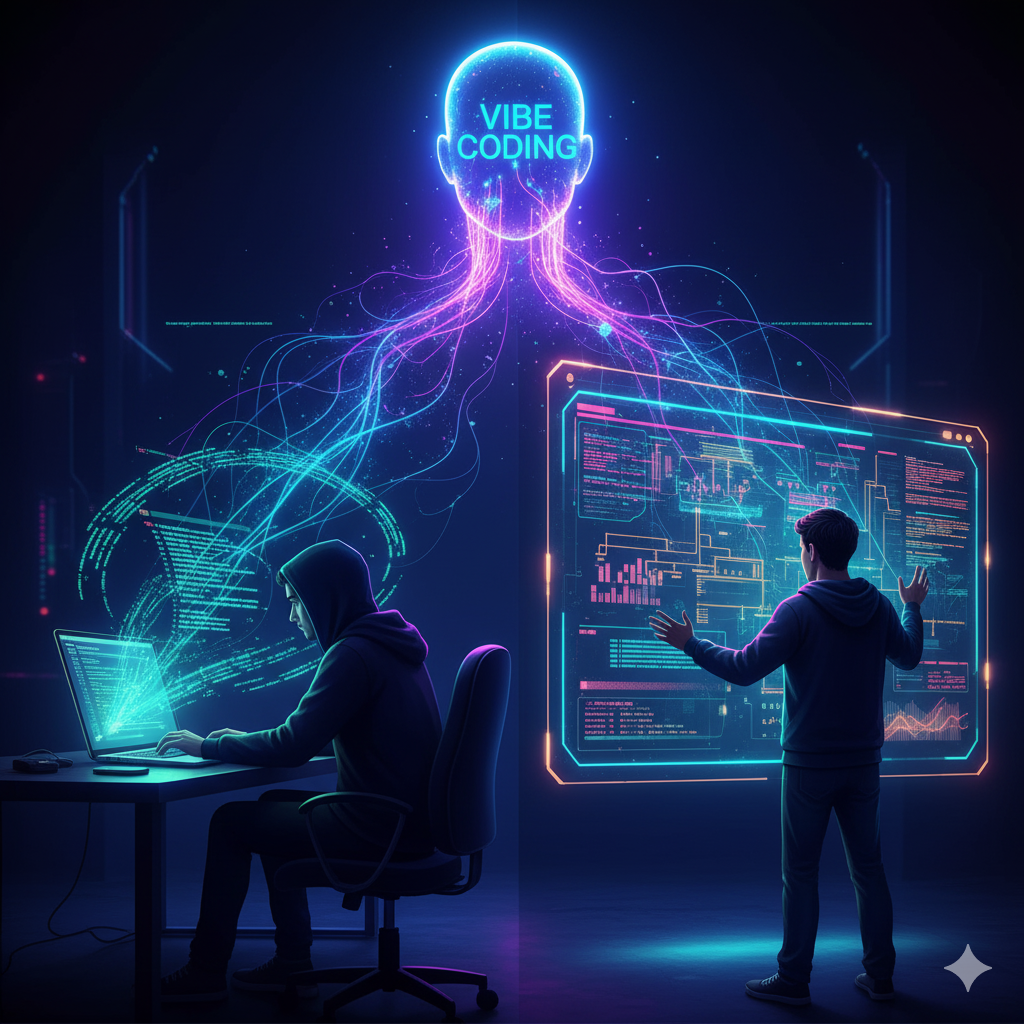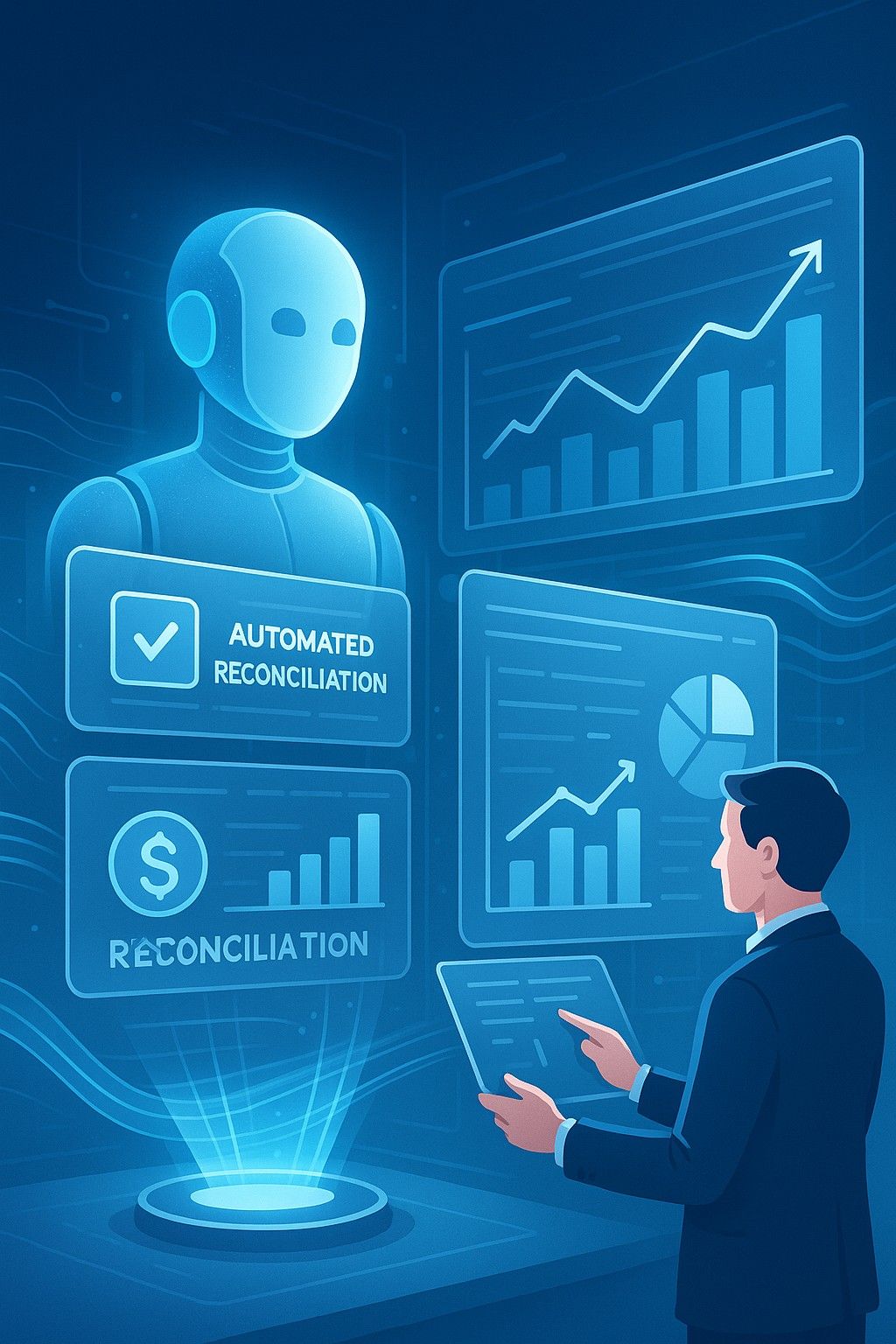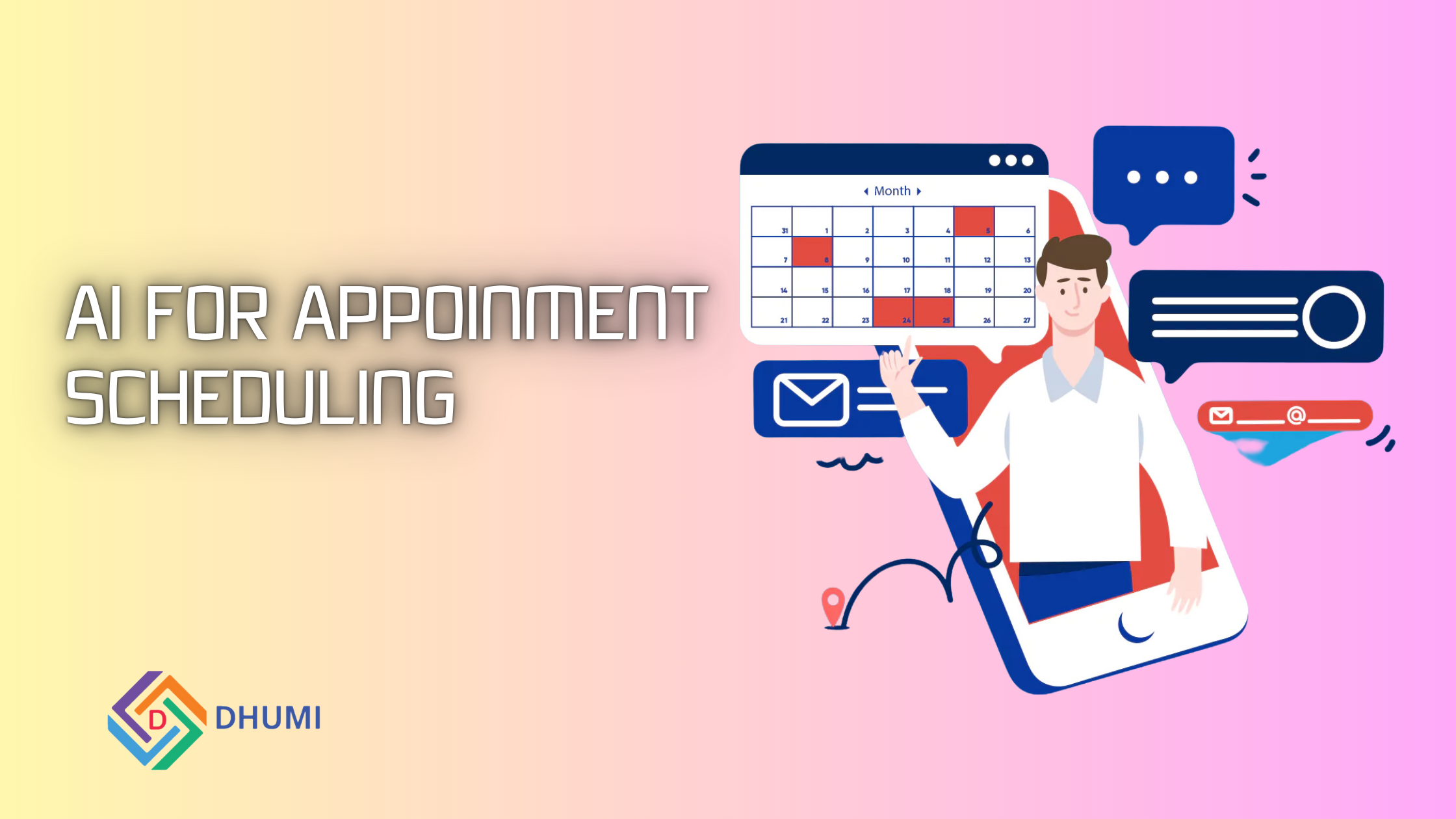The world of vibe coding software engineering is undergoing a seismic shift. For decades, the image of a software engineer was synonymous with meticulous, line-by-line coding. But what if the future of coding means less typing and more thinking? What if artificial intelligence could write the vast majority of your codebase, allowing you to focus on strategy and design?
Enter “Vibe Coding” – a groundbreaking approach highlighted by Y Combinator partners and leading founders. This isn’t just a new tool; it’s a fundamental redefinition of what it means to be a software engineer.
The Vibe Coding Shift: From Coder to Architect
The core of vibe coding lies in the seamless integration of AI-powered coding tools. As discussed in the insightful YouTube video “Vibe Coding Is The Future” (which you can watch here for the full context), developers are no longer just writing code; they are orchestrating it. Tools like Cursor and Windfall are becoming indispensable co-pilots, capable of generating significant portions of an application’s logic with unprecedented speed.
Imagine the impact: startups are reporting that over 95% of their codebase is now AI-generated. This isn’t just an incremental improvement; it’s a productivity explosion, enabling teams to prototype faster, iterate quicker, and bring innovations to market at a pace previously unimaginable. This rapid adoption signifies a permanent transformation in how software is built, from inception to deployment.
AI-Powered Software Engineering: The 95% Codebase Statistic
While AI is transforming software engineering through vibe coding, the human element remains irreplaceable for strategic systems design, debugging, and quality control, especially as companies scale. The discussion makes it clear: the role is evolving from a pure “coder” to a “Product Engineer” or “Systems Architect.”
This shift emphasizes skills that AI, for all its power, cannot replicate:
- Taste and Product Understanding: AI can generate code, but it doesn’t inherently understand user needs, market trends, or the subtle nuances that make a product successful. This discernment – “taste” – becomes paramount.
- Strategic Problem Solving: Instead of focusing on syntax, engineers are now challenged with higher-level architectural decisions, designing robust systems, and envisioning the long-term scalability of their products.
- Discernment and Quality Control: AI can produce code, but not all generated code is equal. Human engineers are crucial for debugging, identifying inefficiencies, and ensuring the code is not just functional, but also clean, maintainable, and secure.
The Human Element in Modern Software Engineering
As companies scale beyond initial product development, the strategic acumen of human engineers becomes even more critical. While AI excels at generating boilerplate or implementing well-defined patterns, it still struggles with:
- Complex Debugging: Tracing intricate bugs across interconnected systems requires an intuitive understanding of the entire architecture, something only a human expert currently possesses.
- Holistic Systems Design: Building a resilient, high-performance system from the ground up, anticipating future needs and integrating diverse components, demands deep experience and foresight.
This is where the human element provides invaluable oversight, transforming raw AI output into finely-tuned, production-ready software.
Embracing the Vibe: How to Stay Relevant
For developers in Bengaluru, Karnataka, India, and across the globe, this isn’t a threat; it’s an opportunity. The future belongs to those who embrace AI as a powerful collaborator. To thrive in the vibe coding era, consider focusing on:
- Mastering AI Tools: Become proficient with platforms like Cursor, Windfall, and other emerging AI coding environments.
- Elevating Your Design Skills: Dive deep into system architecture, software design patterns, and scaling strategies.
- Honing Your Product Instincts: Develop a strong understanding of user experience, business goals, and product-market fit.
- Becoming a Debugging Maverick: Your ability to troubleshoot complex issues will be more valuable than ever.
At Dhumi Labs , we’re constantly exploring these cutting-edge advancements, integrating AI into our development workflows, and helping our teams adapt to this exciting new paradigm. We believe that by embracing vibe coding, we can unlock unprecedented innovation and deliver exceptional results.
The Future is Now
Vibe coding is more than a trend; it’s the next evolution of software engineering. It empowers developers to be more productive, more strategic, and ultimately, more impactful. By understanding and adapting to this shift, engineers can transition from simply writing code to architecting the future.



